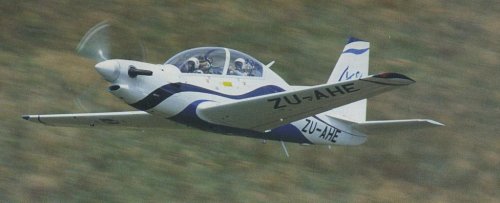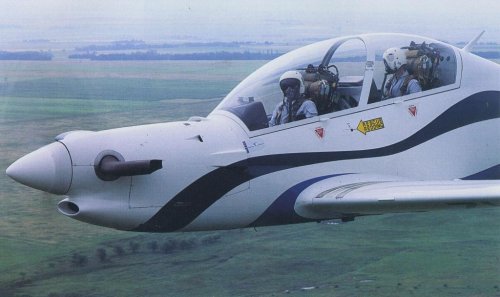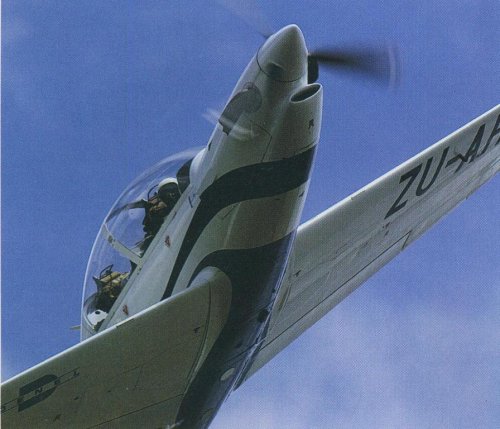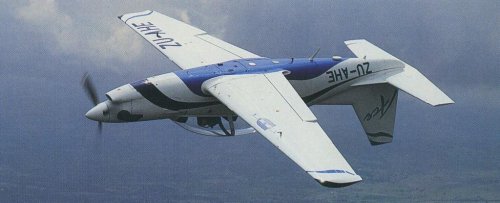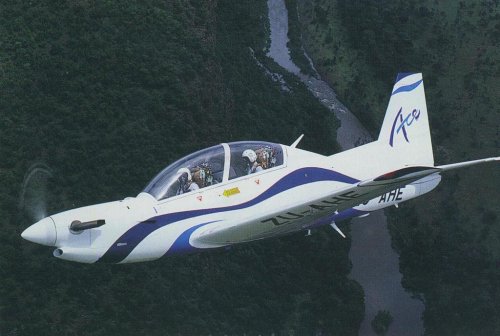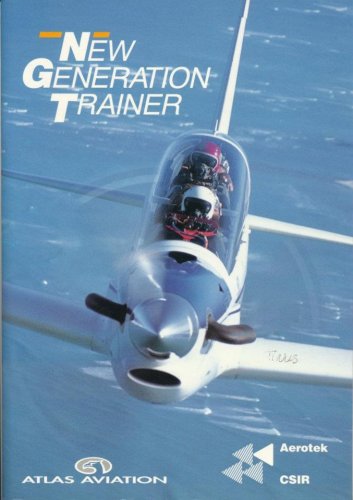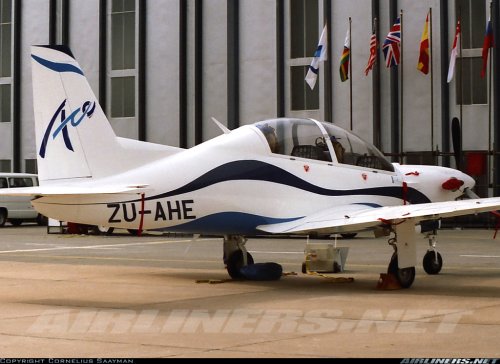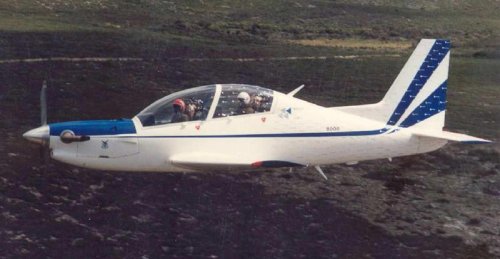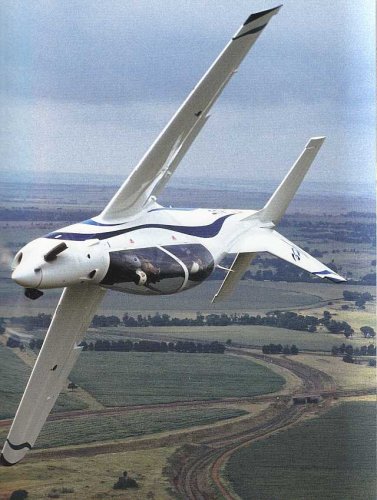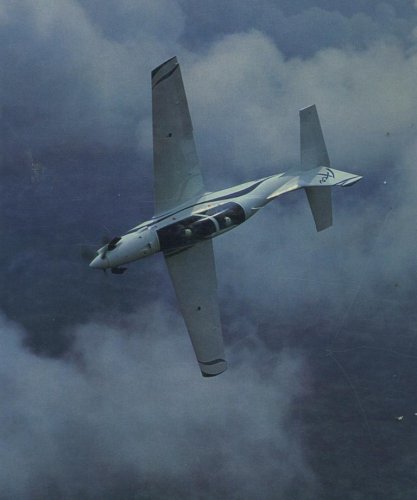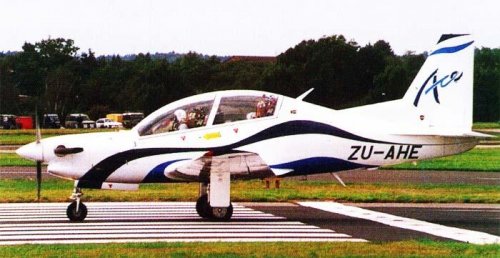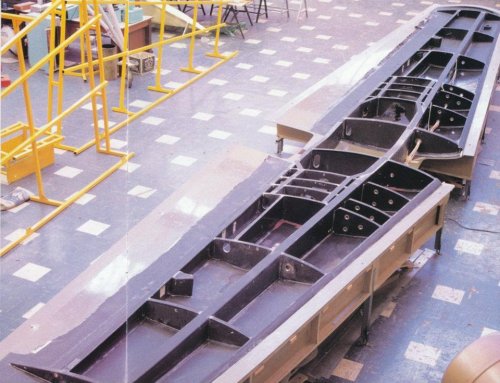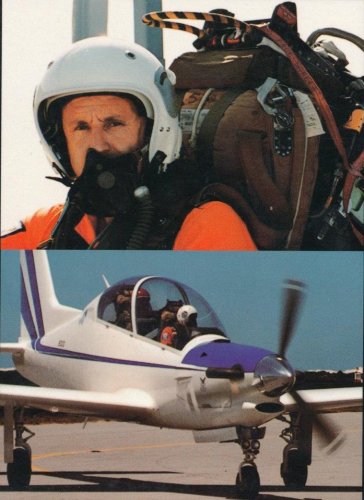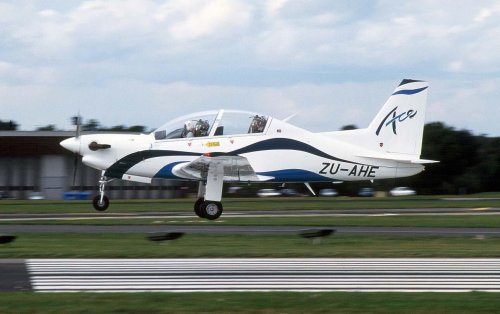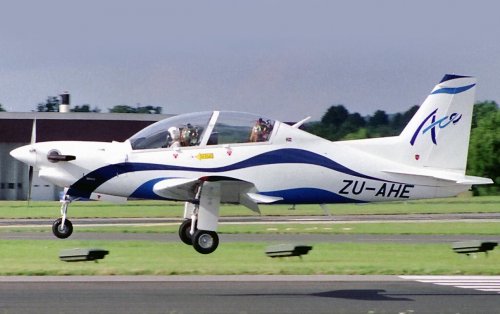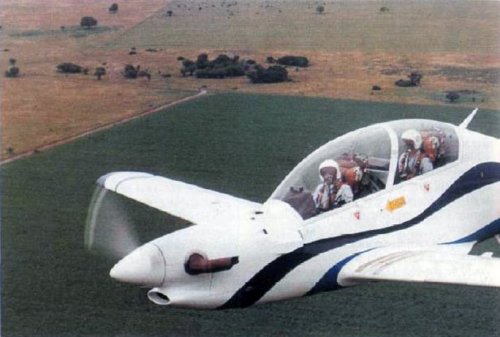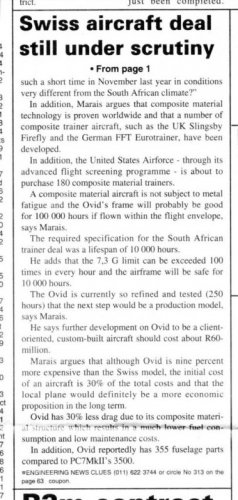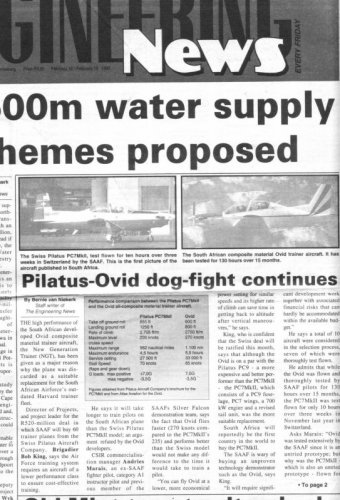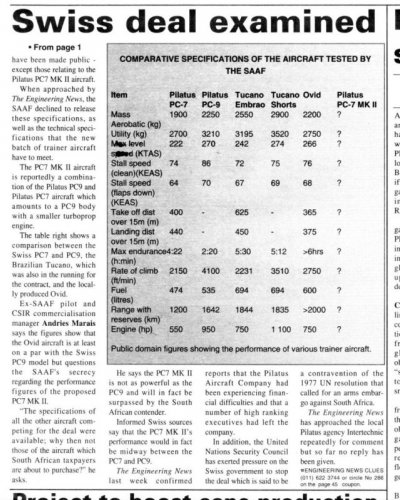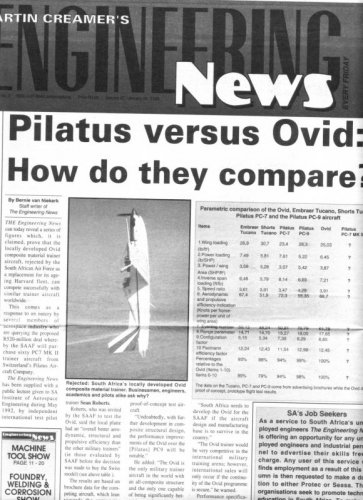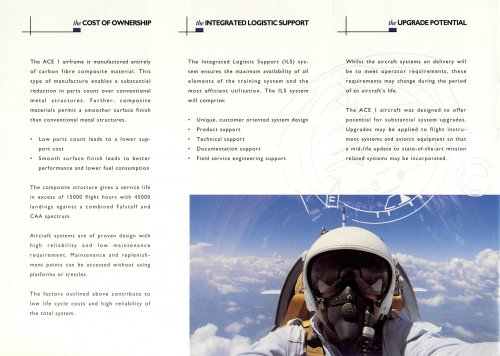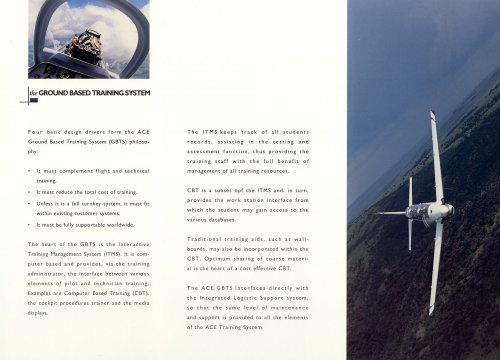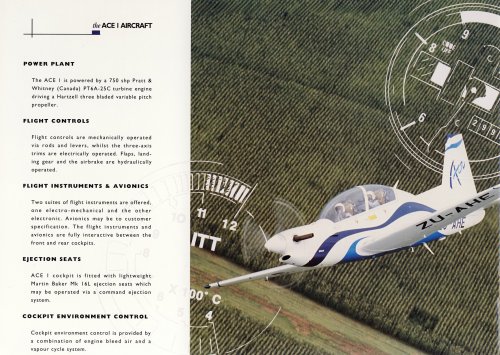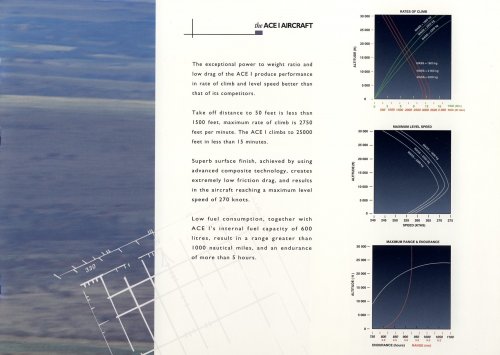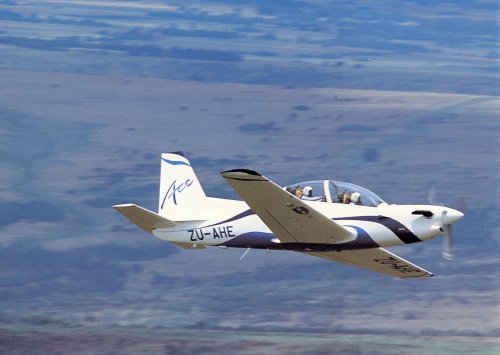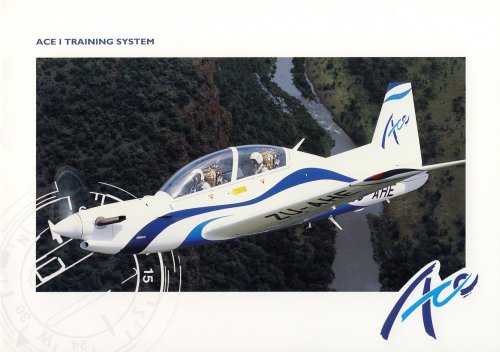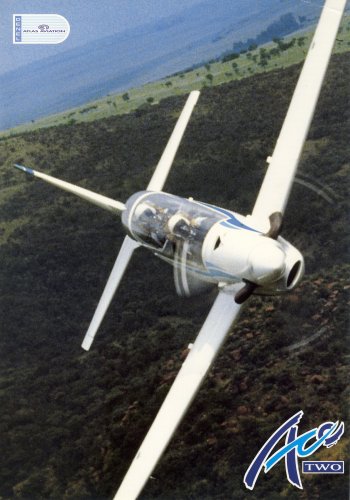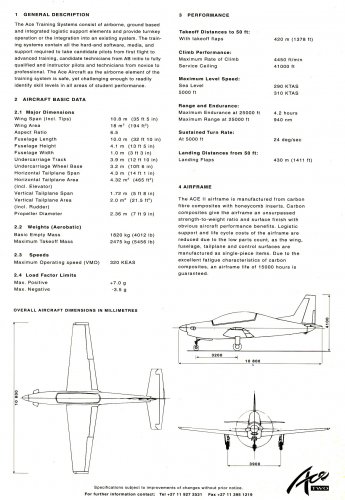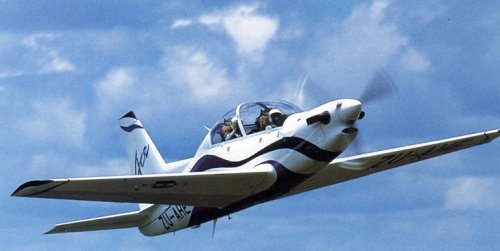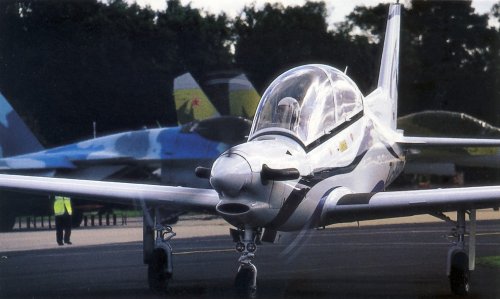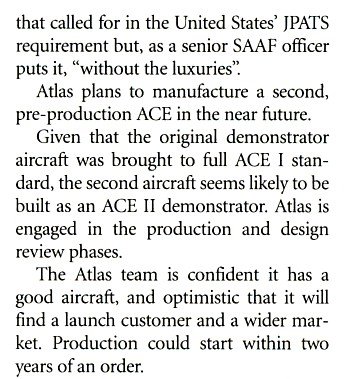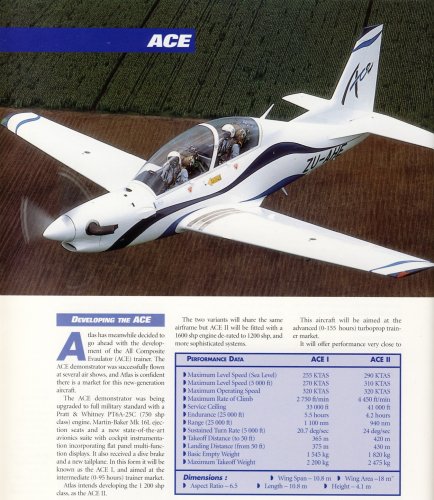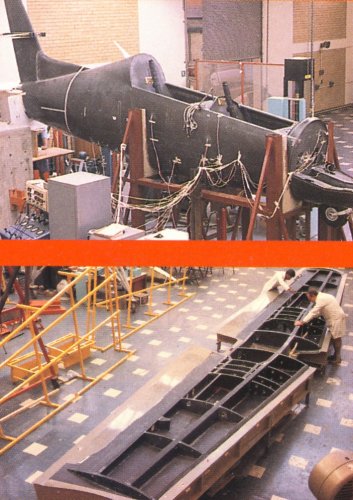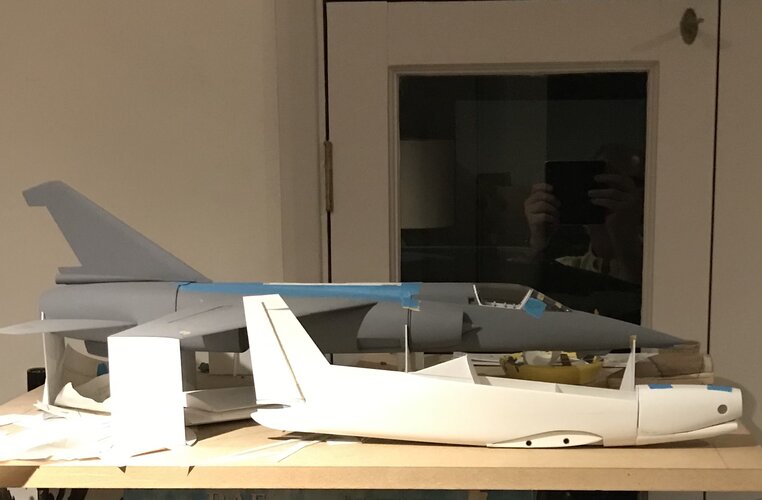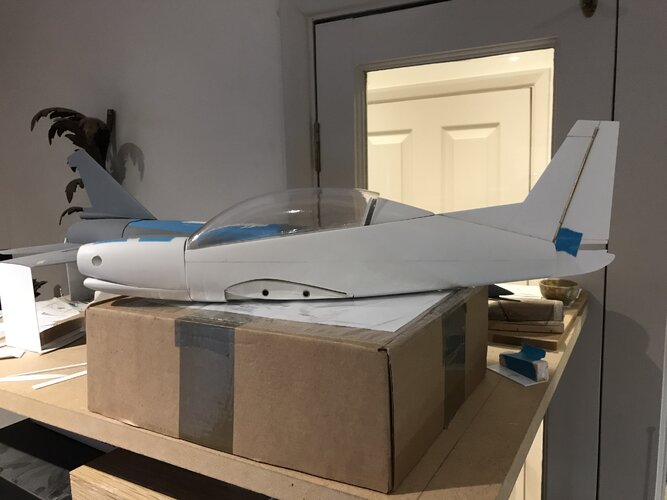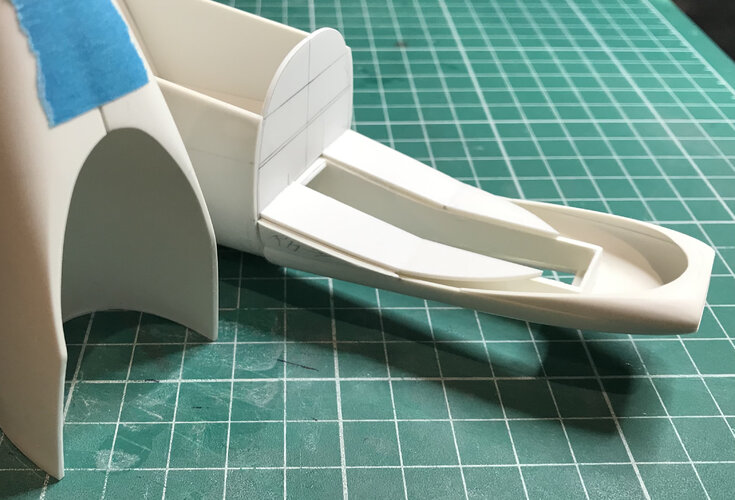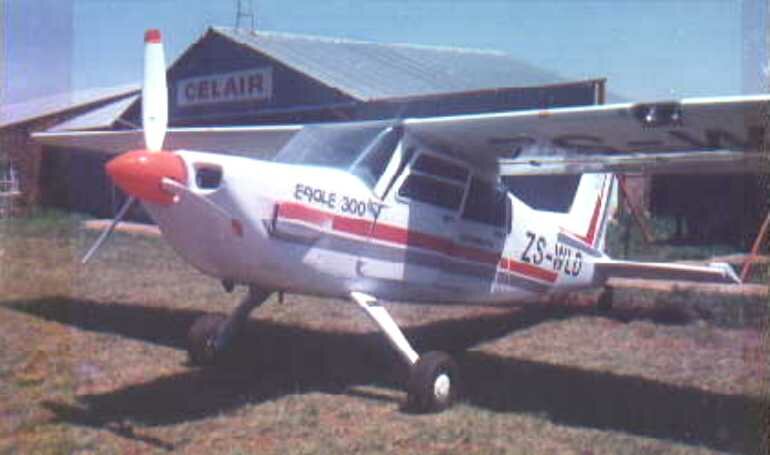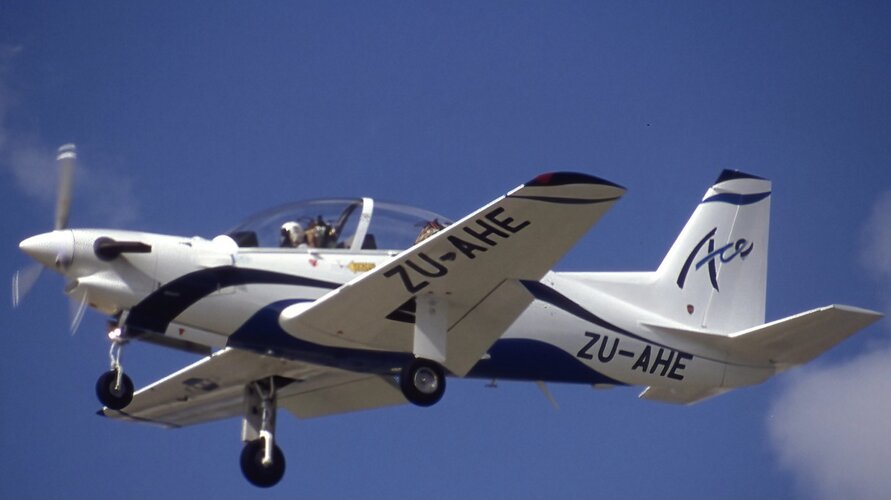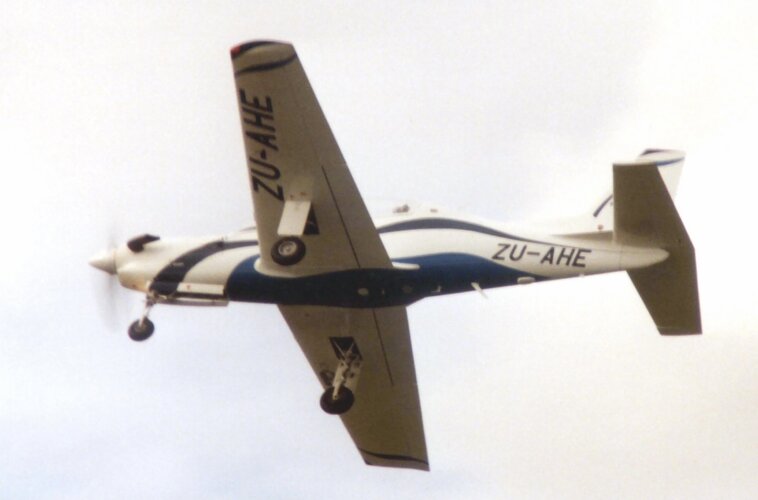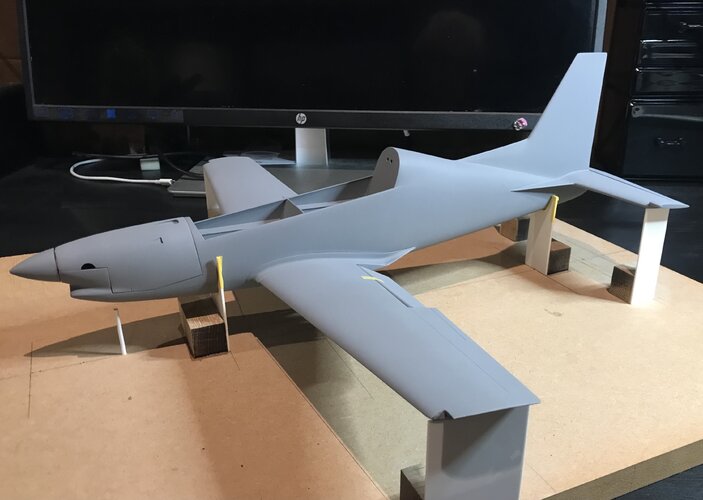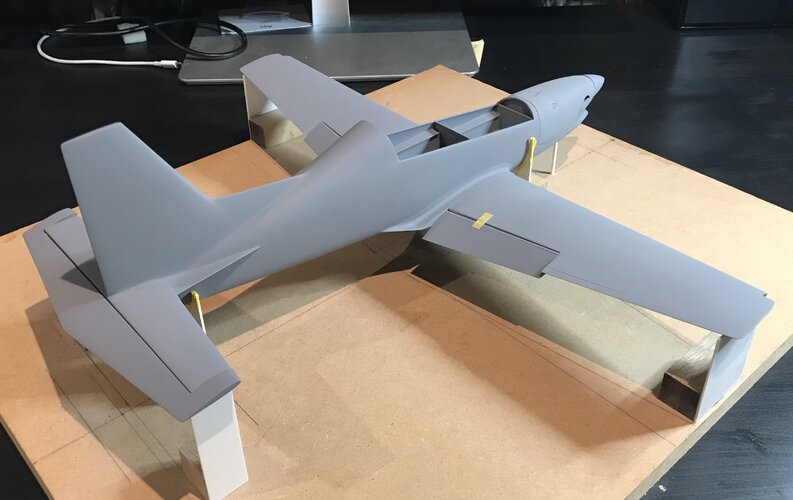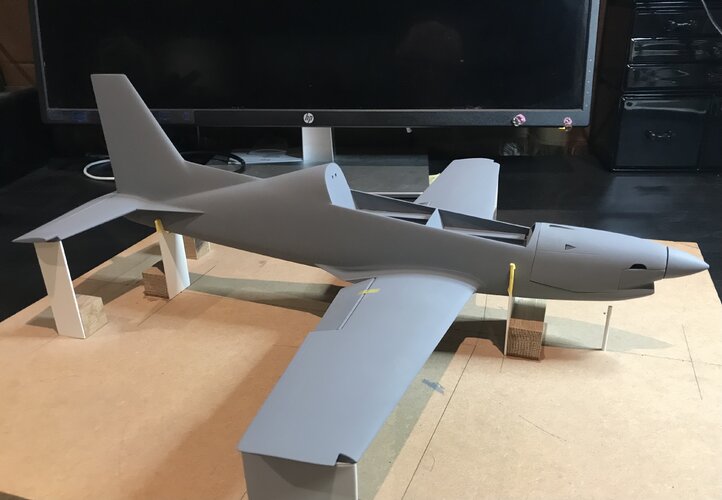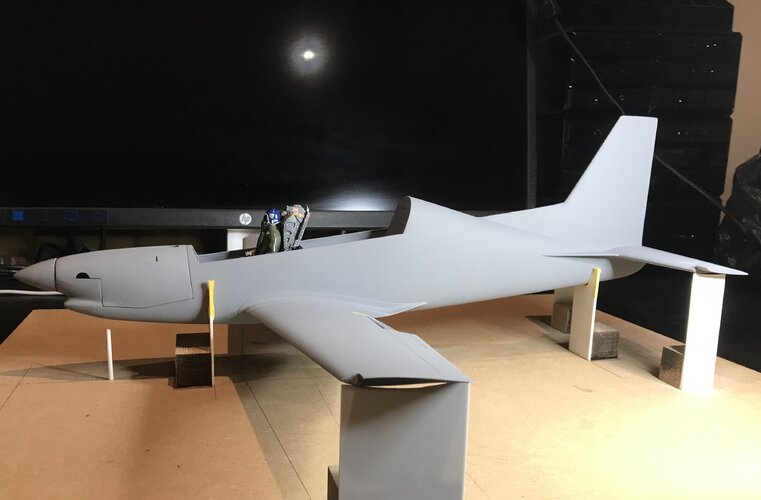- Joined
- 27 March 2006
- Messages
- 1,875
- Reaction score
- 1,622
This was a project intiated by Aerotek, the aviation arm of the CSIR, and Atlas Aircraft, in 1985.
At the time, South Africa was under an arms embargo, and operated the largest fleet of T-6 Texan/Harvard training aircraft in the world, with well over 100 airframes in use. The new aircraft, originally called Project Ovid, or just Ovid, was an excercise in designing and producing an all composite turbo-prop aircraft, that would also be suitable for use as a T-6/Harvard replacement.
The prototype flew in 1991, and in the same year, as the Atlas ACE, was entered into a competition to replace the T-6/Harvard. The ACE, which stood for All Composite Evaluator, was the worlds first all composite turboprop training aircraft.
The Pilatus PC-7Mk2 won the competition.
There was much controversy surrounding this decision, with the SAAF stating that they wanted a proven design, even though Atlas were prepared to underwrite a 20 000 hour fatigue life for the ACE. The Pilatus purchase was the first post embargo purchase by SA, which was preceded by hard political lobbying. The SAAF also gave as a reason the fact that they were more geared toward maintaining aluminium/rivet construction.
Of the aircraft looked at, the Tucano (shorts and Embraer versions), the Pilatus PC range (3 versions), and the Atlas ACE, the ACE actually scored highest.
Atlas continued developement after the competition, but in 1995, the prototype was badly damaged in an accident. Atlas was working on a more advanced second model, but this was cancelled as a result of the accident and downturn in defence spending worldwide after the Cold War.
At the time, South Africa was under an arms embargo, and operated the largest fleet of T-6 Texan/Harvard training aircraft in the world, with well over 100 airframes in use. The new aircraft, originally called Project Ovid, or just Ovid, was an excercise in designing and producing an all composite turbo-prop aircraft, that would also be suitable for use as a T-6/Harvard replacement.
The prototype flew in 1991, and in the same year, as the Atlas ACE, was entered into a competition to replace the T-6/Harvard. The ACE, which stood for All Composite Evaluator, was the worlds first all composite turboprop training aircraft.
The Pilatus PC-7Mk2 won the competition.
There was much controversy surrounding this decision, with the SAAF stating that they wanted a proven design, even though Atlas were prepared to underwrite a 20 000 hour fatigue life for the ACE. The Pilatus purchase was the first post embargo purchase by SA, which was preceded by hard political lobbying. The SAAF also gave as a reason the fact that they were more geared toward maintaining aluminium/rivet construction.
Of the aircraft looked at, the Tucano (shorts and Embraer versions), the Pilatus PC range (3 versions), and the Atlas ACE, the ACE actually scored highest.
Atlas continued developement after the competition, but in 1995, the prototype was badly damaged in an accident. Atlas was working on a more advanced second model, but this was cancelled as a result of the accident and downturn in defence spending worldwide after the Cold War.

